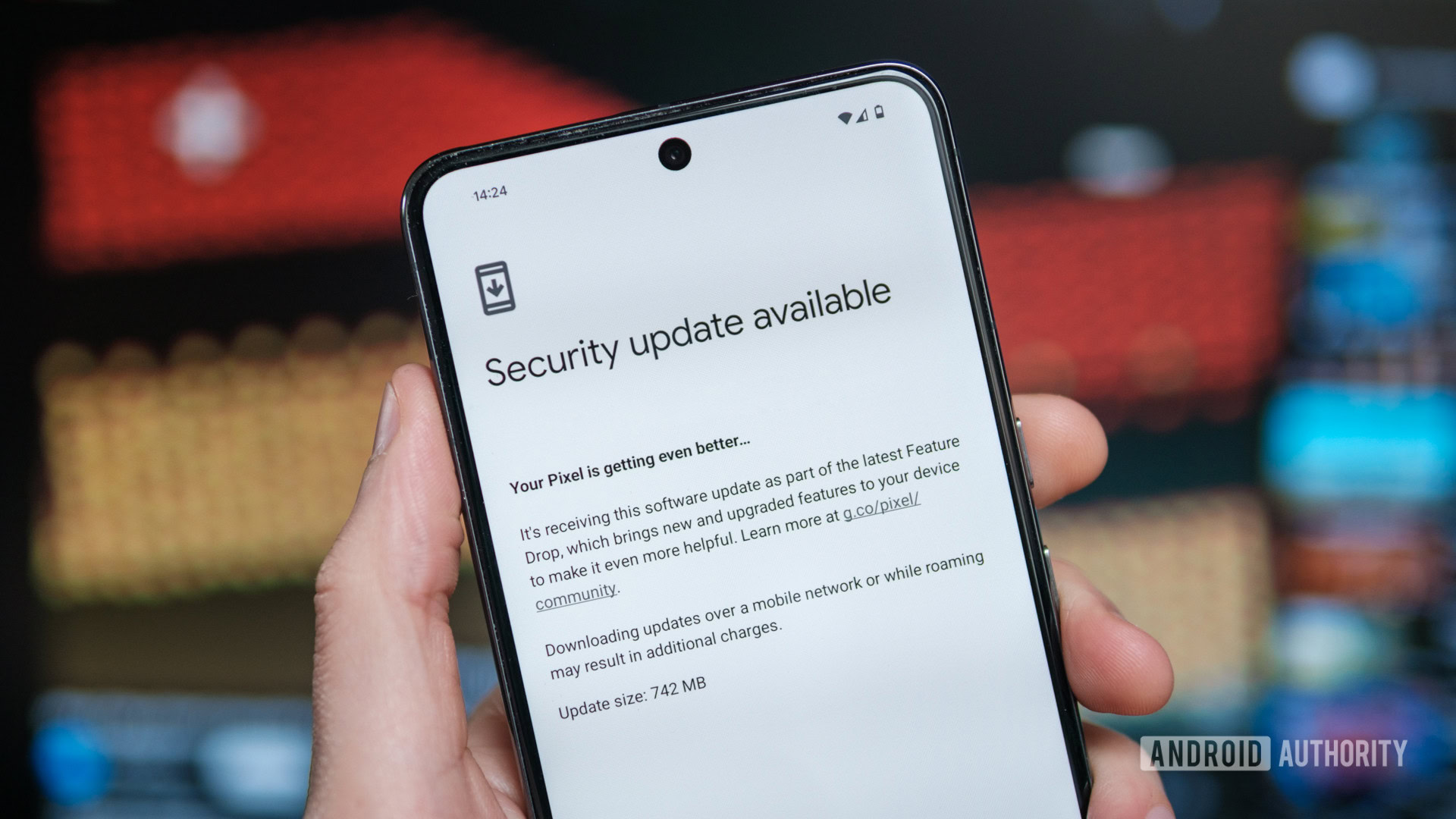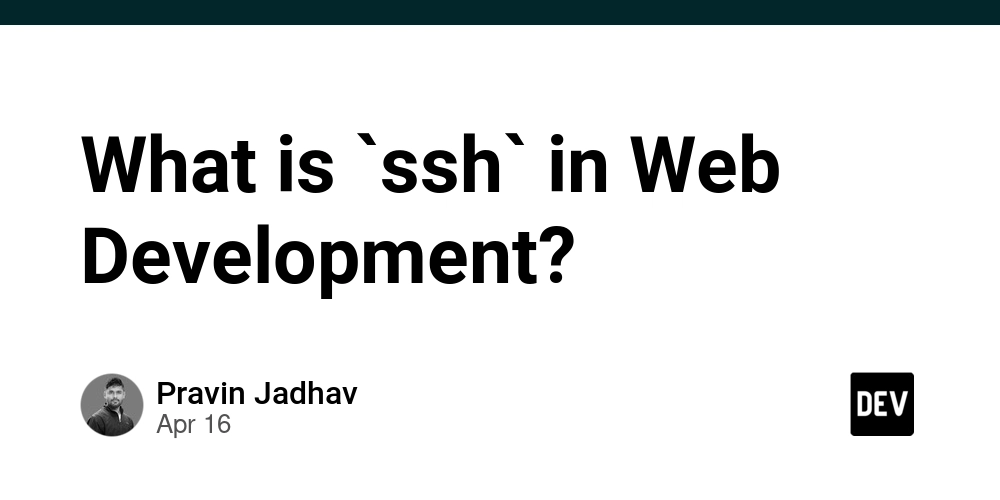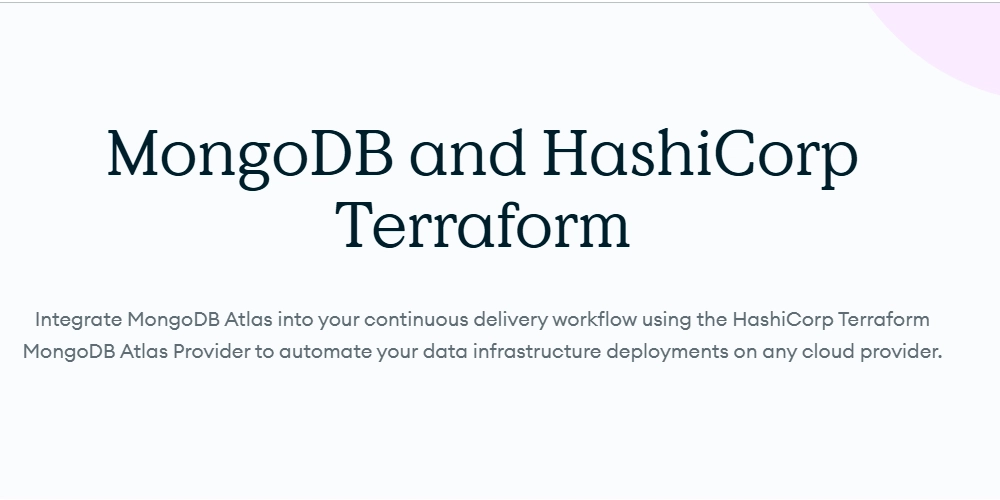Using Threat Intelligence To Combat Advanced Persistent Threats (APTs)
Advanced Persistent Threats (APTs) represent some of the most sophisticated cyber threats organizations face today. Unlike conventional attacks, APTs involve stealthy, persistent adversaries who establish long-term footholds in networks to extract valuable data or cause significant damage. In the current threat landscape, effectively defending against these threats requires more than traditional security measures. This article […] The post Using Threat Intelligence To Combat Advanced Persistent Threats (APTs) appeared first on Cyber Security News.

Advanced Persistent Threats (APTs) represent some of the most sophisticated cyber threats organizations face today.
Unlike conventional attacks, APTs involve stealthy, persistent adversaries who establish long-term footholds in networks to extract valuable data or cause significant damage.
In the current threat landscape, effectively defending against these threats requires more than traditional security measures.
This article explores how organizations can leverage threat intelligence platforms to detect, mitigate, and respond to APTs effectively.
Understanding The APT Landscape
Advanced Persistent Threats are meticulously planned and executed attack campaigns orchestrated by skilled cybercriminals or state-sponsored actors.
Unlike opportunistic attacks, APTs target specific organizations with precision, persistence, and sophistication.
These threats maintain a stealthy presence within networks, often for months or even years, maximizing damage and data extraction.
The hallmarks of APTs include their persistent nature, targeted approach, sophisticated techniques, and stealthy operation methods designed to evade detection. The impact of APTs on organizations can be devastating and multifaceted.
Financial losses from these attacks can include direct theft of assets, regulatory fines for data breaches, forensic investigation costs, and revenue losses from business disruption.
The average data breach can cost organizations millions of dollars. Beyond financial implications, APTs frequently target intellectual property, customer information, and strategic business data, potentially crippling an organization’s competitive advantage.
APT attacks typically unfold in three distinct stages. The infiltration stage involves breaching the target’s defenses, often through social engineering tactics like spear phishing or exploiting vulnerabilities in web applications.
During the expansion phase, attackers work to establish their presence within the network, compromising additional systems and user accounts to gain access to sensitive data.
Finally, in the extraction stage, the stolen data is exfiltrated through sophisticated means, sometimes disguised by diversionary tactics like DDoS attacks.
Building An Effective Threat Intelligence Platform
Data Collection And Analysis
The foundation of an effective Threat Intelligence Platform (TIP) lies in comprehensive data collection from diverse sources.
Organizations should gather intelligence from internal sources like firewalls, intrusion detection systems, and endpoint detection tools, as well as external sources including open-source intelligence, industry alerts, and government advisories.
This multi-faceted approach ensures a complete picture of the threat landscape.
A sophisticated TIP must go beyond simple data aggregation to provide contextual analysis. By mapping threat data to the organization’s specific risk profile, security teams can filter out noise and focus on relevant threats.
Modern platforms integrate contextual intelligence feeds, helping security experts improve decision-making with accurate, near-real-time data on domains, URLs, IPs, file hashes, APTs, and command-and-control servers.
Implementation And Integration
- Integrate with SIEM and Endpoint Tools: Connect the threat intelligence platform with Security Information and Event Management (SIEM) systems and endpoint detection tools for unified threat detection and response.
- Automate Response Actions: Set up automated workflows to block malicious IPs, isolate compromised systems, and quarantine suspicious files, reducing attacker dwell time.
- Normalize and Enrich Threat Data: Aggregate and standardize threat data from internal logs, open-source feeds, and commercial intelligence sources for consistent and actionable insights.
- Enable Continuous Monitoring: Use integrated monitoring and threat-hunting capabilities to maintain real-time visibility and proactively search for indicators of compromise.
Leveraging Threat Intelligence For APT Defense
The true value of threat intelligence in combating APTs lies in enabling proactive security measures.
By incorporating threat intelligence feeds into security operations, organizations gain valuable insights into the tactics, techniques, and procedures (TTPs) used by known APT groups.
This intelligence allows security teams to anticipate potential attack vectors and strengthen defenses before attacks occur.
Automation plays a crucial role in effective APT defense, as these sophisticated threats require rapid response capabilities.
An advanced TIP enables organizations to automate responses to reduce attacker dwell time by isolating compromised systems, triggering alerts to notify the Security Operations Center, and automatically blocking malicious IPs and quarantining suspicious files.
This automation significantly reduces response times and limits potential damage.
Continuous improvement through feedback loops ensures that threat intelligence platforms evolve alongside the threat landscape.
Organizations should conduct post-incident reviews to analyze security events and refine TIP settings and response playbooks.
Staying informed about peer incidents and evolving threats in your industry helps maintain current threat intelligence.
Regular updates to detection rules are essential to keep pace with new vulnerabilities and evolving APT tactics.
By implementing a comprehensive threat intelligence strategy, organizations can significantly enhance their resilience against the growing sophistication of Advanced Persistent Threats.
As these threats continue to evolve, so too must our approaches to detecting and mitigating them.
Find this News Interesting! Follow us on Google News, LinkedIn, & X to Get Instant Updates!
The post Using Threat Intelligence To Combat Advanced Persistent Threats (APTs) appeared first on Cyber Security News.



































































![Apple to Split Enterprise and Western Europe Roles as VP Exits [Report]](https://www.iclarified.com/images/news/97032/97032/97032-640.jpg)
![Nanoleaf Announces New Pegboard Desk Dock With Dual-Sided Lighting [Video]](https://www.iclarified.com/images/news/97030/97030/97030-640.jpg)
![Apple's Foldable iPhone May Cost Between $2100 and $2300 [Rumor]](https://www.iclarified.com/images/news/97028/97028/97028-640.jpg)








































































































.webp?#)






















































































![[The AI Show Episode 144]: ChatGPT’s New Memory, Shopify CEO’s Leaked “AI First” Memo, Google Cloud Next Releases, o3 and o4-mini Coming Soon & Llama 4’s Rocky Launch](https://www.marketingaiinstitute.com/hubfs/ep%20144%20cover.png)


































































































































































.png?width=1920&height=1920&fit=bounds&quality=70&format=jpg&auto=webp#)
































































